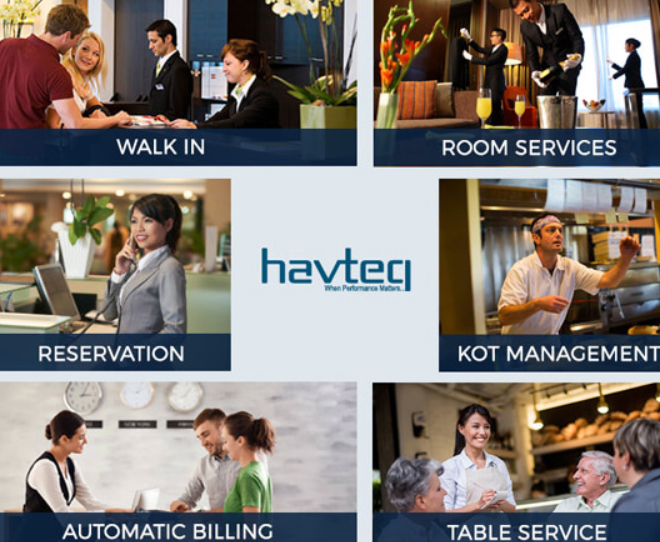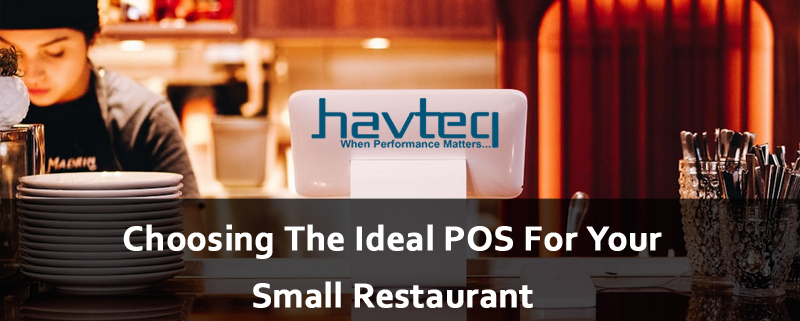Choosing the Ideal POS for Your Small Restaurant
In the competitive landscape of the restaurant industry, particularly for small establishments, understanding the unique needs of your business is paramount. Small restaurants often operate with limited resources, making it essential to identify specific operational challenges and customer expectations. This involves a thorough analysis of your current processes, from inventory management to customer service, and recognizing areas that require improvement.
For instance, if your restaurant struggles with long wait times during peak hours, it may indicate a need for a more efficient point-of-sale (POS) system or hotel and restaurant management software that can streamline order processing and enhance table turnover rates. Moreover, the demographic of your clientele plays a significant role in shaping your restaurant’s needs. Are you catering to families looking for a casual dining experience, or are you targeting young professionals seeking a trendy atmosphere?
Understanding your target audience can inform decisions about menu offerings, pricing strategies, and even the technology you implement. By aligning your operational capabilities with customer expectations, you can create a more efficient and enjoyable environment that fosters loyalty and repeat business. Choose Havdesk – hotel and restaurant management software which is ensures every hotel and restaurant can find the best solution.
Researching and Comparing Hotel And Restaurant Management Software Options
Once you have a clear understanding of your restaurant’s needs, the next step is to research and compare various hotel and restaurant management software options available in the market. The sheer number of software solutions can be overwhelming, but a systematic approach can simplify the process.
- Check their offers distinct features tailored to different types of establishments, so it’s crucial to evaluate them based on your specific requirements.
- When comparing software options, consider factors such as user interface, integration capabilities, and scalability.
- A user-friendly interface is essential for staff training and day-to-day operations; if employees struggle to navigate the system, it can lead to errors and inefficiencies.
- Look for software that integrates seamlessly with other tools you may already be using, such as accounting software or online reservation systems.
- Scalability is another critical aspect; as your restaurant grows, your software should be able to accommodate increased transaction volumes and additional features without requiring a complete overhaul.
By conducting thorough research and creating a comparison matrix, you can make an informed decision to implement hotel and restaurant management software that aligns with your operational goals.
Considering Features and Functionality
The features and functionality of hotel and restaurant management software are pivotal in determining its effectiveness for your small restaurant. Essential features to consider include
- Order management
- Inventory tracking
- Customer relationship management (CRM)
- Reporting capabilities.
An efficient order management system should allow servers to take orders quickly and accurately while providing real-time updates to the kitchen staff.

This minimizes errors and enhances communication between front-of-house and back-of-house operations. Inventory tracking is another critical feature that can significantly impact your bottom line. A robust inventory management system helps you monitor stock levels in real-time, reducing waste and ensuring that popular menu items are always available.
Additionally, CRM functionality enables you to collect and analyze customer data, allowing for personalized marketing efforts and improved customer engagement. For instance, if your hotel and restaurant management software tracks customer preferences and dining history, you can tailor promotions or menu suggestions based on their past visits. Reporting capabilities are equally important; comprehensive analytics can provide insights into sales trends, employee performance, and customer behavior, enabling data-driven decision-making that can enhance profitability.
Budgeting for Hotel And Restaurant Management Software
Budgeting for hotel and restaurant management software is a critical step that requires careful consideration of both initial costs and ongoing expenses. The price of software solutions can vary widely based on features, functionality, and vendor reputation. It’s essential to establish a budget that not only covers the upfront costs but also accounts for monthly subscription fees, transaction fees, and potential hardware investments such as tablets or printers.
When creating your budget, consider the return on investment (ROI) that effective software can provide. While it may be tempting to opt for the cheapest solution available, investing in a more comprehensive system may yield greater long-term benefits through improved efficiency and increased sales. Additionally, factor in potential training costs for staff; a well-trained team can maximize the benefits of the software and minimize disruptions during implementation.
By taking a holistic approach to budgeting that encompasses both immediate expenses and long-term gains, you can ensure that your investment in hotel and restaurant management software aligns with your financial goals.
Evaluating Customer Support and Training Options
Customer support and training options are often overlooked aspects when selecting hotel and restaurant management software but are crucial for successful implementation and ongoing operations. A responsive customer support team can make a significant difference when technical issues arise or when staff members need assistance navigating the system. Look for vendors that offer multiple support channels, such as phone support, live chat, and email assistance.
Additionally, consider the availability of support during peak hours when your restaurant is busiest; having access to timely help can prevent costly downtime. Training options are equally important in ensuring that your staff is well-equipped to utilize the software effectively. Many vendors offer training sessions as part of their onboarding process; however, the quality and comprehensiveness of these sessions can vary significantly.
Evaluate whether the vendor provides on-site training, online tutorials, or ongoing educational resources that staff can access as needed. A well-structured training program not only enhances staff confidence but also promotes a smoother transition to the new system. By prioritizing customer support and training during your evaluation process, you can mitigate potential challenges associated with adopting new technology.
Making the Final Decision and Implementing the POS System
After thorough research and evaluation of various hotel and restaurant management software options, it’s time to make the final decision and implement the chosen POS system. This stage requires careful planning to ensure a smooth transition from your existing system to the new one. Begin by developing an implementation timeline that outlines key milestones such as data migration, staff training sessions, and go-live dates.

Engaging your team early in this process can foster buy-in and reduce resistance to change. Data migration is a critical component of implementation; transferring existing customer information, inventory data, and sales history into the new system must be executed meticulously to avoid disruptions in service. It’s advisable to conduct thorough testing before fully launching the new POS system to identify any potential issues that could affect operations.
Once implemented, monitor performance closely during the initial weeks to address any challenges promptly. By taking a structured approach to implementation and involving your team throughout the process, you can maximize the benefits of your new hotel and restaurant management software while minimizing disruptions to your business operations.
If you are looking for more information on how to improve your restaurant business with hotel and restaurant management software, you may want to check out HAVDESK. By implementing the perfect POS system, you can create a successful and thriving restaurant business.




